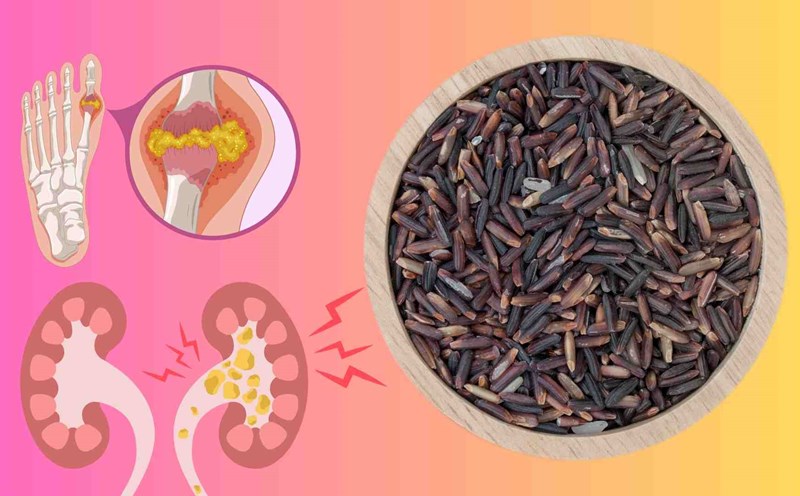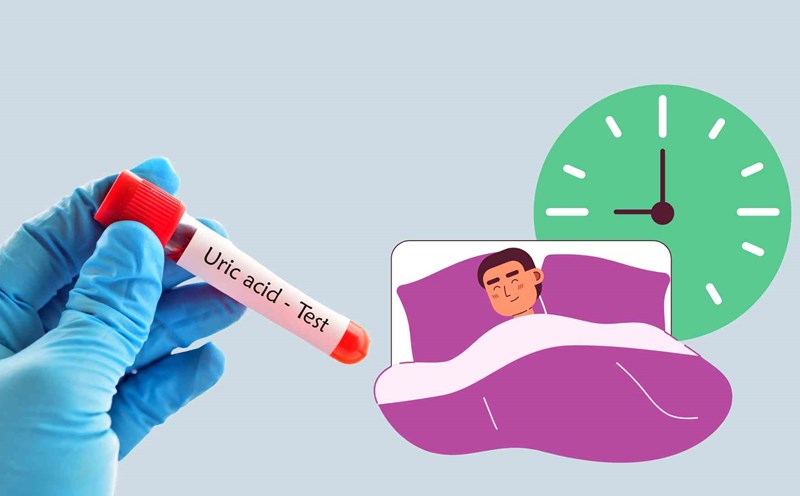1. Sudden joint pain at night
According to the Mayo Clinic (USA), a common sign of high uric acid is severe joint pain, often appearing in the big toe or ankles. The pain often comes suddenly at night, accompanied by redness, heat and limited movement.
2. Recurrent arthritis swelling
If small joints in your hands, wrists or knees are often swollen, it may be due to uric acid buildup, forming an inflammatory urate crystalline system. When left untreated, inflammation will recur to a more severe extent.
3. Tophi stiffness under the skin
According to the National Institute of Arthritis and Dermatology (NIAMS), long-term high uric acid levels can form white sticky nodules (tophus) under the skin, often appearing around joints, ears or Achilles tendons. This is a sign that the disease has progressed chronically.
4. kidney stones and urinary disorders
When uric acid exceeds the safe threshold, the risk of kidney stone formation increases. Patients may experience back pain, diarrhea or bloody urine. This is a dangerous complication that can lead to kidney failure if not intervened early.
According to the American Heart Association (AHA), uric acid levels in the blood are considered safe when below 7 mg/dL in men and below 6 mg/dL in women. If you have the above symptoms or tests show that you are above the threshold, you need to see a doctor for appropriate treatment.










